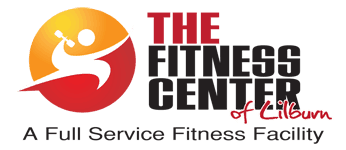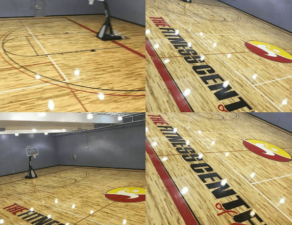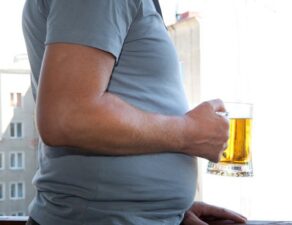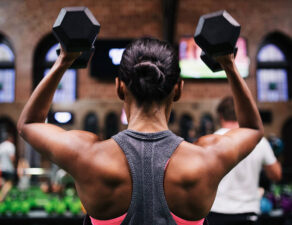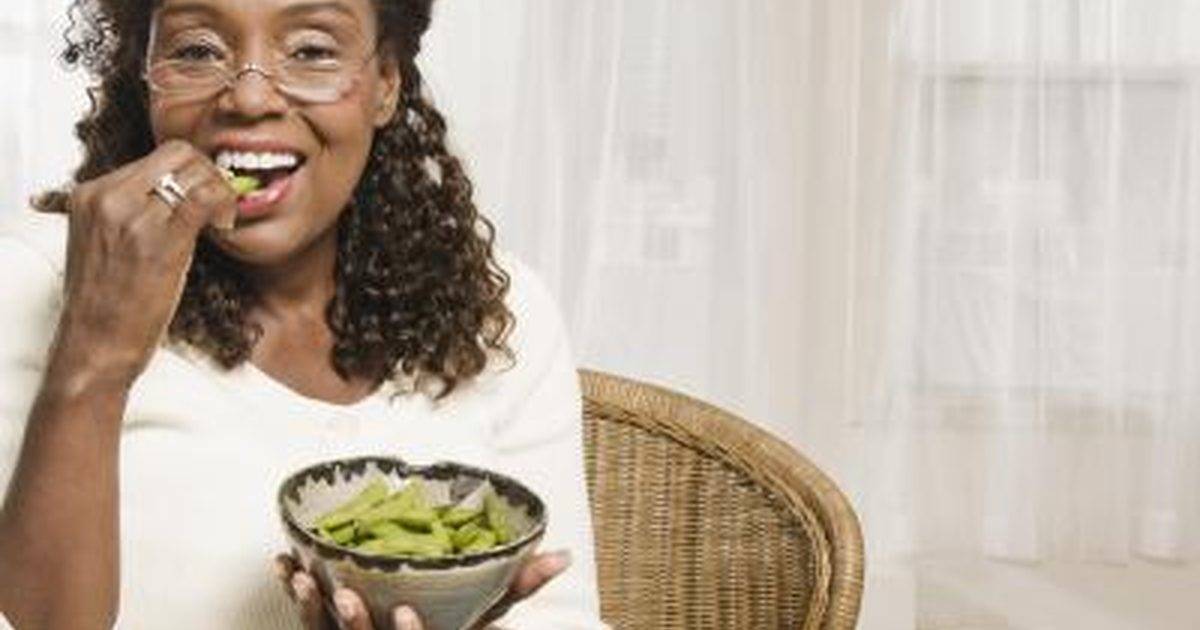
Everyone’s body changes as they get older and there is really very little that can be done to prevent some of those changes. By maintaining a balanced and sensible diet – with a few new tweaks – people over the age of sixty can – along with a sensible exercise regime – stay healthier and more active longer. Here are some common sense suggestions for eating well after your sixtieth birthday:
Maintaining the Basic Balance
No matter how old a person is maintaining a basic balanced and healthy diet is one of the biggest keys to remaining as healthy as possible. This means that your diet should certainly contain:
Lots of Fruits and Vegetables – Anyone’s diet, whatever their age, should include at least five servings of fruits and vegetables every day but if you can include more than that it is a big plus.
Starches – Whatever certain fad diet plans might suggest, you really do need to include starches like wholegrain bread, potatoes and pasta in your diet to help maintain your energy levels.
Protein Rich Foods – Ideally the protein in your diet should come from a balance of dairy and non dairy sources like beans, lean meats and fish.
Limit Fats and Sugars – At any age to many high fat and high sugar foods can lead to all kinds of health problems so you should keep the amount you consume to a minimum.
The Importance of Fiber
As we age, our digestive systems do tend to become less efficient, resulting in heartburn, constipation and other digestive ailments. Making sure that you include plenty of fiber in your diet can help combat many of these problems though.
There are lots of good for you sources of fiber and potatoes, whole grains, rice and many breakfast cereals are all great sources of easily digested fiber. The one thing you should not do is add bran to sprinkle on cereal as an older digestive system needs extra help absorbing all the nutrients it needs and too much raw ban can prevent the proper absorption of some important vitamins and minerals.
Iron Rich Foods
As people age their iron levels tend to drop, resulting in an overall feeling of lethargy and even, in more serious cases of iron deficiency, anemia. Therefore making sure that you eat enough iron rich foods after the age of sixty is very important, especially since a lack of iron can also affect the overall condition of your skin and nails and even lead to preventable hair loss.
There are a number of very good sources of iron that you can add to your daily diet including pulses (such as peas, beans and lentils), oily fish like sardines, eggs, wholegrain bread, dark leafy green vegetables and fortified breakfast cereals.
Lean red meats are also a good source of iron but after the age of sixty you may want to limit the amount of red meat you eat. An increasing number of studies are linking the excessive consumption of red meat of any kind – more than about 70 grams a day – to an increased risk of colon cancer in both men and women and the older, slower, digestive system of a person over 60 can make that risk even greater.
You may also have heard that liver is an excellent source of iron. This is very true but you do have to be careful to keep your liver consumption fairly low. This is because liver also contains high levels of Vitamin A and too much Vitamin A can be bad for older people.
Calcium Rich Foods
One of the biggest health issues that affects women over the age of sixty is osteoporosis, a decrease in bone density that leads to brittle bones and a serious increase in the risk of fractures and breaks. Therefore making sure that they eat plenty of calcium rich foods is a must for women of an older age.
Dairy products, especially milk and cheese, are excellent sources of calcium but to keep fat consumption levels low try opting for low fat or skimmed milk and reduced fat cheeses. Good non dairy sources of calcium include sardines, green leafy vegetables, broccoli, cabbage, soy beans and tofu.
Cut Your Salt Intake
Most people over the age of sixty simply have too much salt in their everyday diet. Too much sodium can significantly increase the risk for high blood pressure in older people which in turn increases their risk for heart disease and stroke.
What many people forget is that most of the sodium they consume during the day is not actually from salt they added to food themselves but that is already contained in a great many processed foods. That means you should check the food labels as you shop and opt for low sodium alternatives whenever they are available while also cutting down on the amount of salt you use when cooking and preparing food at home.
Get More Vitamin D
Vitamin D is another substance that is crucial for healthy bones which means that getting enough of it is really a must for those over sixty, especially for women. Ideally people should get plenty of Vitamin D from their exposure to the sun, but increasingly people are no longer out in the sun very often (partially because of the risk of skin cancer which does increase with age) and Vitamin D deficiency is becoming more common.
There are a few good food sources of Vitamin D though. Making sure that you include eggs and oily fish in your diet can help you make sure that you are getting enough Vitamin D.
Watch Your Vitamin A Intake
Although everyone’s bodies do need some Vitamin A too much can be harmful, especially for older people as too much Vitamin A can weaken bones and increase the risk of fractures. To make sure that you do not consume too much Vitamin A keep the consumption of liver, and liver products like pate to a minimum and do not take a vitamin supplement that contains Vitamin A.
In the end what you eat really can make a difference to how ‘well’ you age. None of these suggestions are particularly hard to implement though and with a little dietary discipline you really can help your body looking, and feeling, younger and stronger longer.
